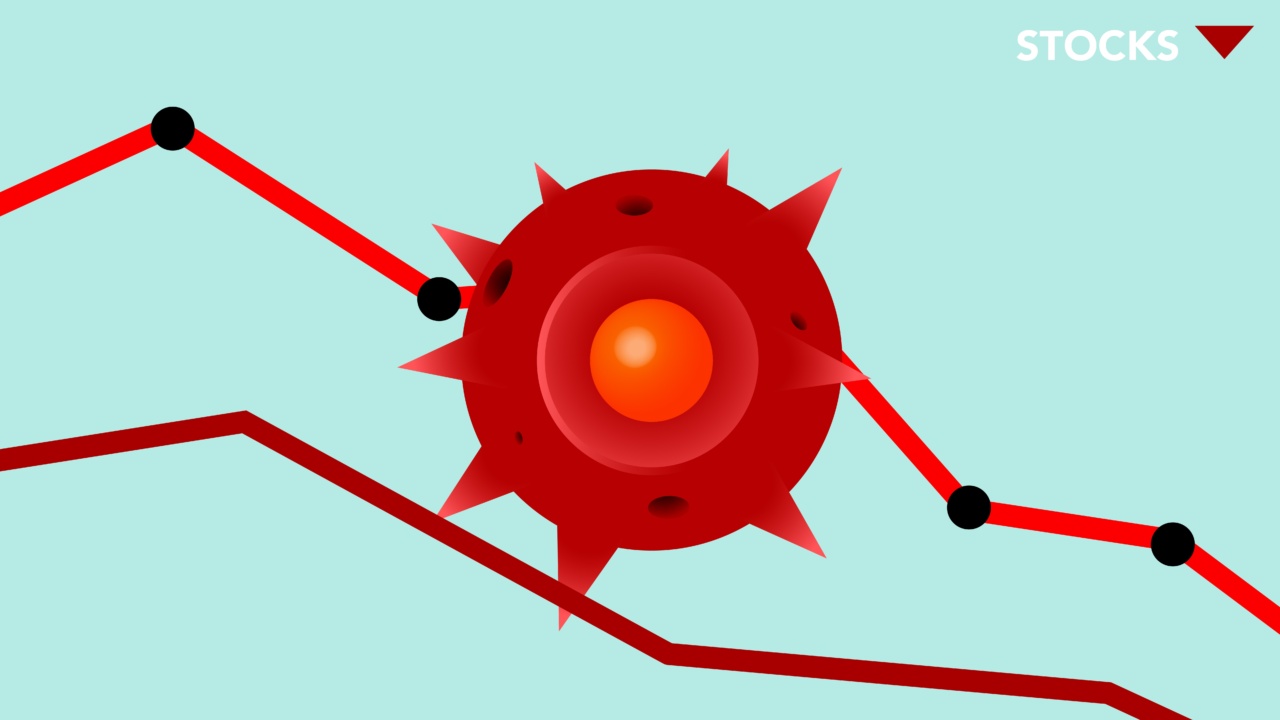Lung cancer is a serious and often fatal disease that affects millions of people worldwide. It is the leading cause of cancer-related deaths, and its incidence continues to rise.
While there are several risk factors associated with lung cancer, such as smoking and exposure to certain chemicals, adopting a healthy diet can significantly reduce the risk. In particular, including “red” foods in your diet has been found to have protective effects against lung cancer. In this article, we will explore the relationship between red foods and lung cancer risk reduction.
The Role of Red Foods in Lung Cancer Prevention
Red foods, including tomatoes, red peppers, watermelon, strawberries, raspberries, beets, and pomegranates, owe their vibrant hue to a natural pigment called lycopene.
Lycopene is a powerful antioxidant that has been extensively studied for its potential health benefits, including its role in reducing the risk of various types of cancer.
Lycopene and Lung Cancer
A growing body of evidence suggests that lycopene may play a crucial role in lowering the risk of developing lung cancer.
Several studies have demonstrated an inverse association between lycopene intake and lung cancer incidence, indicating that higher consumption of lycopene-rich foods may offer protective effects.
Anti-Cancer Properties of Lycopene
Lycopene exhibits various anti-cancer properties that make it a potent ally in reducing the risk of lung cancer. Here are some of the ways in which lycopene helps in preventing cancer:.
1. Antioxidant Activity
Lycopene acts as a powerful antioxidant, neutralizing harmful free radicals in the body. Free radicals can cause damage to cellular DNA and contribute to the development of cancer.
By neutralizing these free radicals, lycopene helps protect against cancerous growths.
2. Anti-Inflammatory Effects
Chronic inflammation has been linked to the development of various cancers, including lung cancer. Lycopene has been shown to possess anti-inflammatory properties, reducing inflammation and potentially preventing the progression of pre-cancerous cells.
3. Inducing Apoptosis
Apoptosis, commonly known as programmed cell death, is a natural process that helps eliminate damaged or abnormal cells. Lycopene has been found to induce apoptosis in cancer cells, preventing their uncontrolled growth and spread.
4. Inhibiting Angiogenesis
Angiogenesis is the process by which new blood vessels form to supply nutrients to tumors, allowing their growth and metastasis. Lycopene has been shown to inhibit angiogenesis, limiting the blood supply to cancer cells and hindering their progression.
Other Nutrients in Red Foods
In addition to lycopene, red foods are rich in various other nutrients that contribute to overall health and may have additional cancer-fighting properties. Some of the notable nutrients found in red foods include:.
1. Vitamin C
Red foods such as red peppers and strawberries are excellent sources of vitamin C, a potent antioxidant that supports the immune system and helps protect against lung cancer.
2. Anthocyanins
The deep crimson color of red fruits like raspberries and strawberries is due to a class of antioxidants called anthocyanins. Anthocyanins have been associated with a reduced risk of several cancers, including lung cancer.
3. Fiber
Many red foods, such as beets and raspberries, are rich in dietary fiber. Fiber plays a crucial role in maintaining digestive health and has been linked to a lower risk of colorectal cancer, which is often associated with lung cancer.
Incorporating Red Foods into Your Diet
Now that we understand the potential benefits of red foods in reducing the risk of lung cancer, it is important to incorporate them into our daily diet. Here are some simple ways to include more red foods:.
1. Fresh Sliced Tomatoes
Enjoy a slice of fresh tomato in your sandwiches, salads, or as a side dish. Tomatoes are not only delicious but also a great source of lycopene.
2. Red Pepper Hummus
Make a healthy dip by blending roasted red peppers with chickpeas, garlic, and tahini. This dip goes well with whole-grain crackers or raw vegetable sticks.
3. Watermelon Salad
Combine chunks of juicy watermelon with feta cheese, mint leaves, and a drizzle of balsamic vinegar for a refreshing and nutritious salad.
4. Berry Smoothie
Blend together a mix of red berries like strawberries and raspberries with Greek yogurt and a splash of almond milk for a nutritious and antioxidant-packed smoothie.
Conclusion
Reducing the risk of lung cancer requires a multifaceted approach, and diet plays a crucial role in this endeavor.
By incorporating red foods rich in lycopene and other beneficial nutrients into our daily meals, we can enhance our body’s defense against cancer. Remember, prevention is always better than cure, and a healthy diet can go a long way in safeguarding our lung health.



























